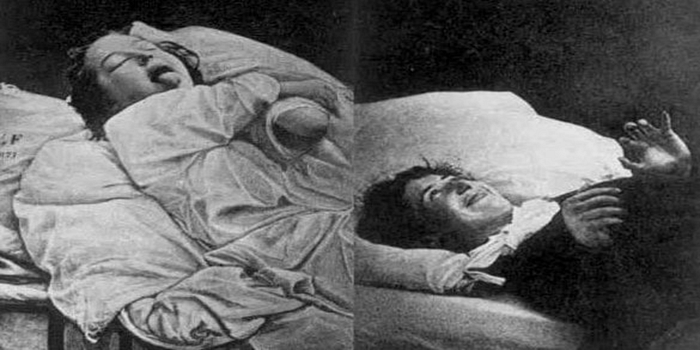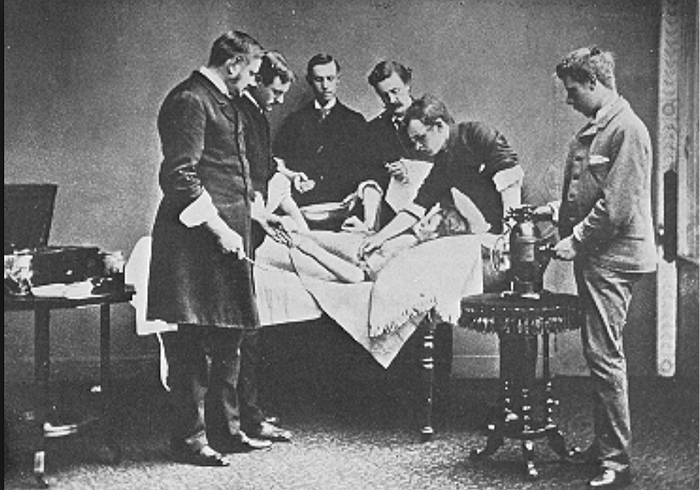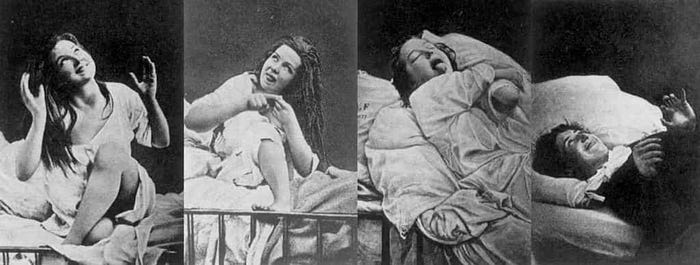The Curious History of “Hysterical Paroxysm”: A Medical Practice of the 19th Century
In the annals of medical history, there are practices that now seem outlandish or even unethical. One such practice involves the treatment of women diagnosed with “hysteria” in the 19th and early 20th centuries. During this period, doctors frequently induced orgasms — referred to as “hysterical paroxysms” — in female patients as a treatment for this condition. This article delves into the historical context, the procedures used, and the eventual cessation of this practice.

The concept of hysteria dates back to ancient Greece, with Hippocrates describing it as a condition originating from the uterus. By the 19th century, hysteria was a catch-all diagnosis for a range of symptoms, including anxiety, insomnia, irritability, nervousness, and even fainting. It was predominantly diagnosed in women and was believed to be caused by a dysfunction of the female reproductive organs.
Doctors in the 19th century, particularly in Europe and North America, believed that inducing a “hysterical paroxysm” (orgasm) could alleviate the symptoms of hysteria. This belief was grounded in the notion that the buildup of sexual tension was causing the various symptoms. As such, releasing this tension through orgasm was seen as a legitimate medical treatment.

The procedure involved manual or mechanical stimulation of the clitoris or vagina by the physician. The process was typically carried out in a clinical setting, where the doctor would use their hands or early vibratory devices to bring the patient to orgasm. One of the first mechanical vibrators, known as the “electromechanical vibrator,” was invented in the late 19th century to aid physicians in this practice, as manual stimulation was time-consuming and physically demanding.
Women would visit their doctors regularly for these treatments, and it was considered a respectable medical practice. Some doctors even developed specific techniques and devices to enhance the efficiency and effectiveness of the treatment.
The practice of inducing hysterical paroxysms as a treatment for hysteria began to decline in the early 20th century for several reasons:
Advances in Medical Understanding: As medical science progressed, the understanding of female sexuality and mental health improved. The notion that hysteria was linked to the uterus or that it could be cured through orgasm was increasingly seen as unscientific and erroneous.
Development of Psychiatry: The field of psychiatry began to emerge and offered new frameworks for understanding mental health conditions. Conditions previously labeled as hysteria were reclassified under more accurate diagnoses such as anxiety disorders, depression, and neuroses.

Ethical Concerns: The ethical implications of doctors inducing orgasms in their patients became a subject of scrutiny. The realization that such practices were invasive and inappropriate contributed to their decline.
Introduction of Psychoanalysis: Sigmund Freud’s psychoanalytic theories offered alternative explanations and treatments for psychological issues, further discrediting the physical approach to treating hysteria.
By the mid-20th century, the diagnosis of hysteria had largely fallen out of favor, replaced by more precise and scientifically grounded medical terms. The practice of inducing orgasms as a treatment was largely abandoned and is now viewed as a historical curiosity, reflective of the medical misconceptions of the time.
The practice of inducing hysterical paroxysms in women as a treatment for hysteria represents a fascinating, if somewhat bizarre, chapter in medical history. It underscores the evolving understanding of women’s health and the progress made in the field of medicine. While it is easy to view these practices through a contemporary lens and criticize them, they also highlight the necessity of ongoing research and ethical considerations in medical practice.
TWAU-TEAM
Please support our BLOG by visiting our partner: CLICK HERE


Comments
Post a Comment